Alpine A290 vs Hyundai IONIQ 6 – Which model is better for everyday use?
Everyday use, family trips or long-distance drives – here’s where the differences show.
Discover whether Alpine A290 or Hyundai IONIQ 6 fits your lifestyle better.
Costs and Efficiency:
Price and efficiency are often the first things buyers look at. Here it becomes clear which model has the long-term edge – whether at the pump, the plug, or in purchase price.
Alpine A290 has a a bit advantage in terms of price – it starts at 33200 £, while the Hyundai IONIQ 6 costs 37600 £. That’s a price difference of around 4457 £.
In terms of energy consumption, the advantage goes to the Hyundai IONIQ 6: with 13.90 kWh per 100 km, it’s somewhat more efficient than the Alpine A290 with 15.80 kWh. That’s a difference of about 1.90 kWh.
As for range, the Hyundai IONIQ 6 performs noticeable better – achieving up to 614 km, about 234 km more than the Alpine A290.
Engine and Performance:
Power, torque and acceleration are the classic benchmarks for car enthusiasts – and here, some clear differences start to show.
When it comes to engine power, the Hyundai IONIQ 6 has a significantly edge – offering 650 HP compared to 218 HP. That’s roughly 432 HP more horsepower.
In acceleration from 0 to 100 km/h, the Hyundai IONIQ 6 is convincingly quicker – completing the sprint in 3.20 s, while the Alpine A290 takes 6.40 s. That’s about 3.20 s faster.
In terms of top speed, the Hyundai IONIQ 6 performs clearly perceptible better – reaching 257 km/h, while the Alpine A290 tops out at 170 km/h. The difference is around 87 km/h.
There’s also a difference in torque: Hyundai IONIQ 6 pulls significantly stronger with 770 Nm compared to 300 Nm. That’s about 470 Nm difference.
Space and Everyday Use:
Cabin size, boot volume and payload all play a role in everyday practicality. Here, comfort and flexibility make the difference.
Both vehicles offer seating for 5 people.
In curb weight, Alpine A290 is evident lighter – 1479 kg compared to 1850 kg. The difference is around 371 kg.
In terms of boot space, the Hyundai IONIQ 6 offers to a small extent more room – 401 L compared to 326 L. That’s a difference of about 75 L.
When it comes to payload, Alpine A290 minimal takes the win – 471 kg compared to 430 kg. That’s a difference of about 41 kg.
Who comes out on top?
Overall, the Hyundai IONIQ 6 shows itself to be wins the duel decisively and secures the title of DriveDuel Champion.
It convinces with the more balanced overall package and proves to be the more versatile choice for everyday use.
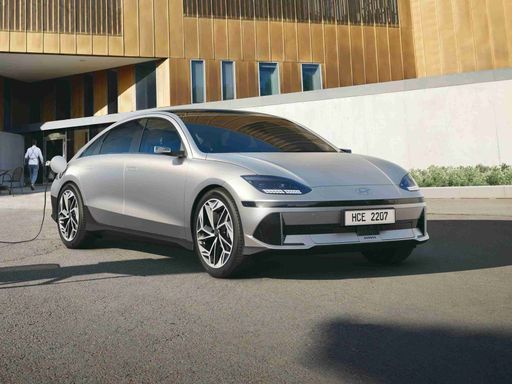 @ Hyundai Motor Company
@ Hyundai Motor Company
Hyundai IONIQ 6
Alpine A290
The Alpine A290 embodies a thrilling blend of modern design and exhilarating performance, capturing the spirit of the brand's racing heritage. With its agile handling and responsive drive, this compact vehicle promises an engaging experience both on the road and the track. Inside, it features a driver-focused cockpit that seamlessly integrates technology and comfort, making every journey an adventure.
details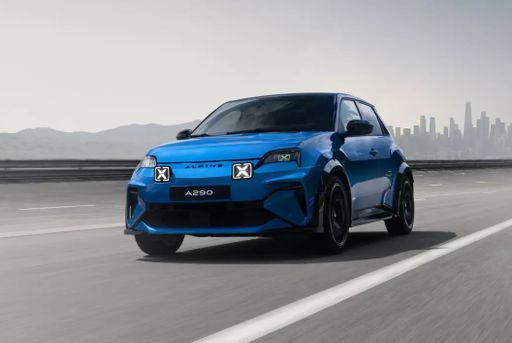 @ Alpine / Renault Group Media
@ Alpine / Renault Group Media
Hyundai IONIQ 6
The Hyundai IONIQ 6 merges futuristic design with eco-friendly technology, offering a glimpse into the future of electric mobility. Its sleek silhouette and aerodynamic profile are sure to capture attention on the road, while the interior provides a seamless blend of comfort and cutting-edge digital features. With a focus on efficiency and sustainability, this model represents a significant step forward in the evolution of electric vehicles.
details @ Hyundai Motor Company
@ Hyundai Motor Company
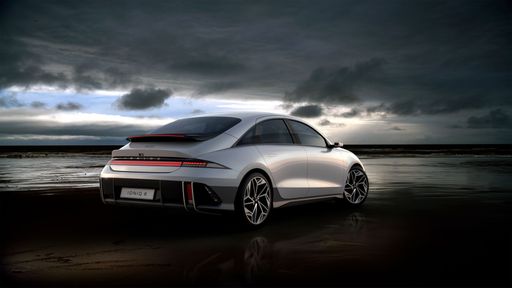 @ Hyundai Motor Company
@ Hyundai Motor Company
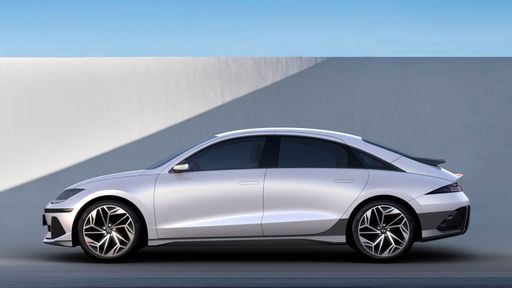 @ Hyundai Motor Company
@ Hyundai Motor Company
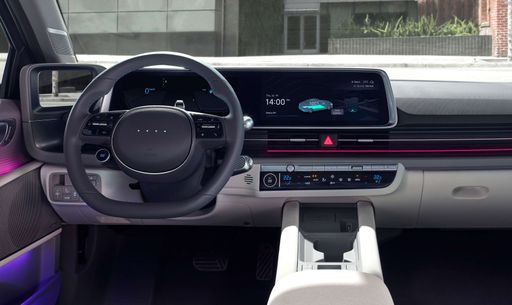 @ Hyundai Motor Company
@ Hyundai Motor Company
 @ Alpine / Renault Group Media
@ Alpine / Renault Group Media
|
 @ Hyundai Motor Company
@ Hyundai Motor Company
|
|
|
|
Costs and Consumption |
|
|---|---|
|
Price
33200 - 39600 £
|
Price
37600 - 64300 £
|
|
Consumption L/100km
-
|
Consumption L/100km
-
|
|
Consumption kWh/100km
15.8 - 16.5 kWh
|
Consumption kWh/100km
13.9 - 15.1 kWh
|
|
Electric Range
364 - 380 km
|
Electric Range
429 - 614 km
|
|
Battery Capacity
-
|
Battery Capacity
53 - 84 kWh
|
|
co2
0 g/km
|
co2
0 g/km
|
|
Fuel tank capacity
-
|
Fuel tank capacity
-
|
Dimensions and Body |
|
|---|---|
|
Body Type
Hatchback
|
Body Type
Hatchback
|
|
Seats
5
|
Seats
5
|
|
Doors
5
|
Doors
4
|
|
Curb weight
1479 kg
|
Curb weight
1850 - 2095 kg
|
|
Trunk capacity
326 L
|
Trunk capacity
401 L
|
|
Length
3997 mm
|
Length
4855 - 4935 mm
|
|
Width
1823 mm
|
Width
1880 - 1940 mm
|
|
Height
1512 mm
|
Height
1495 mm
|
|
Max trunk capacity
1106 L
|
Max trunk capacity
-
|
|
Payload
471 kg
|
Payload
425 - 430 kg
|
Engine and Performance |
|
|---|---|
|
Engine Type
Electric
|
Engine Type
Electric
|
|
Transmission
Automatic
|
Transmission
Automatic
|
|
Transmission Detail
-
|
Transmission Detail
Reduction Gearbox
|
|
Drive Type
Front-Wheel Drive
|
Drive Type
Rear-Wheel Drive, All-Wheel Drive
|
|
Power HP
177 - 218 HP
|
Power HP
151 - 650 HP
|
|
Acceleration 0-100km/h
6.4 - 7.4 s
|
Acceleration 0-100km/h
3.2 - 8.8 s
|
|
Max Speed
160 - 170 km/h
|
Max Speed
185 - 257 km/h
|
|
Torque
285 - 300 Nm
|
Torque
350 - 770 Nm
|
|
Number of Cylinders
-
|
Number of Cylinders
-
|
|
Power kW
130 - 160 kW
|
Power kW
111 - 478 kW
|
|
Engine capacity
-
|
Engine capacity
-
|
General |
|
|---|---|
|
Model Year
2024
|
Model Year
2022 - 2025
|
|
CO2 Efficiency Class
A
|
CO2 Efficiency Class
A
|
|
Brand
Alpine
|
Brand
Hyundai
|
Is the Alpine A290 offered with different drivetrains?
Available configurations include Front-Wheel Drive.
The prices and data displayed are estimates based on German list prices and may vary by country. This information is not legally binding.
